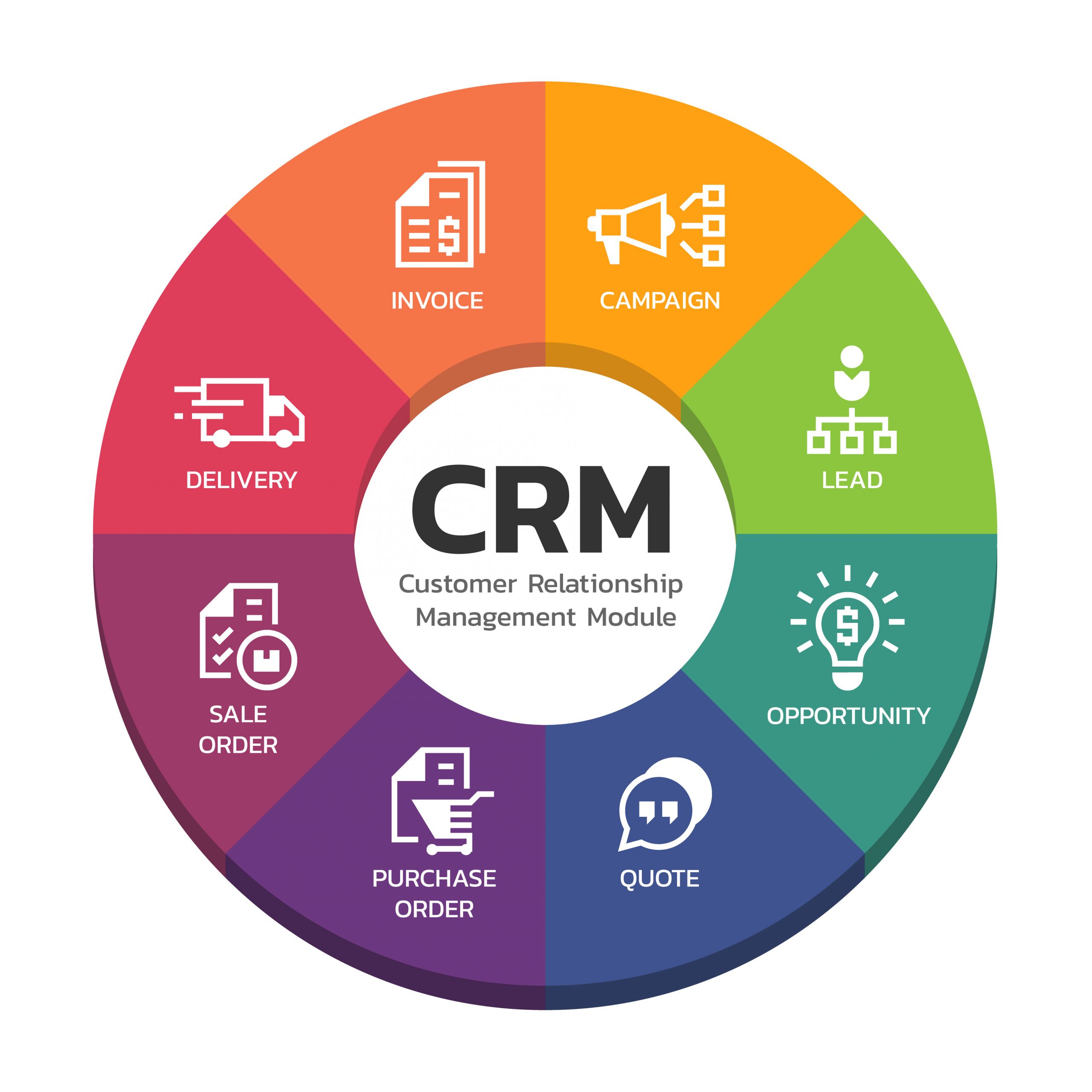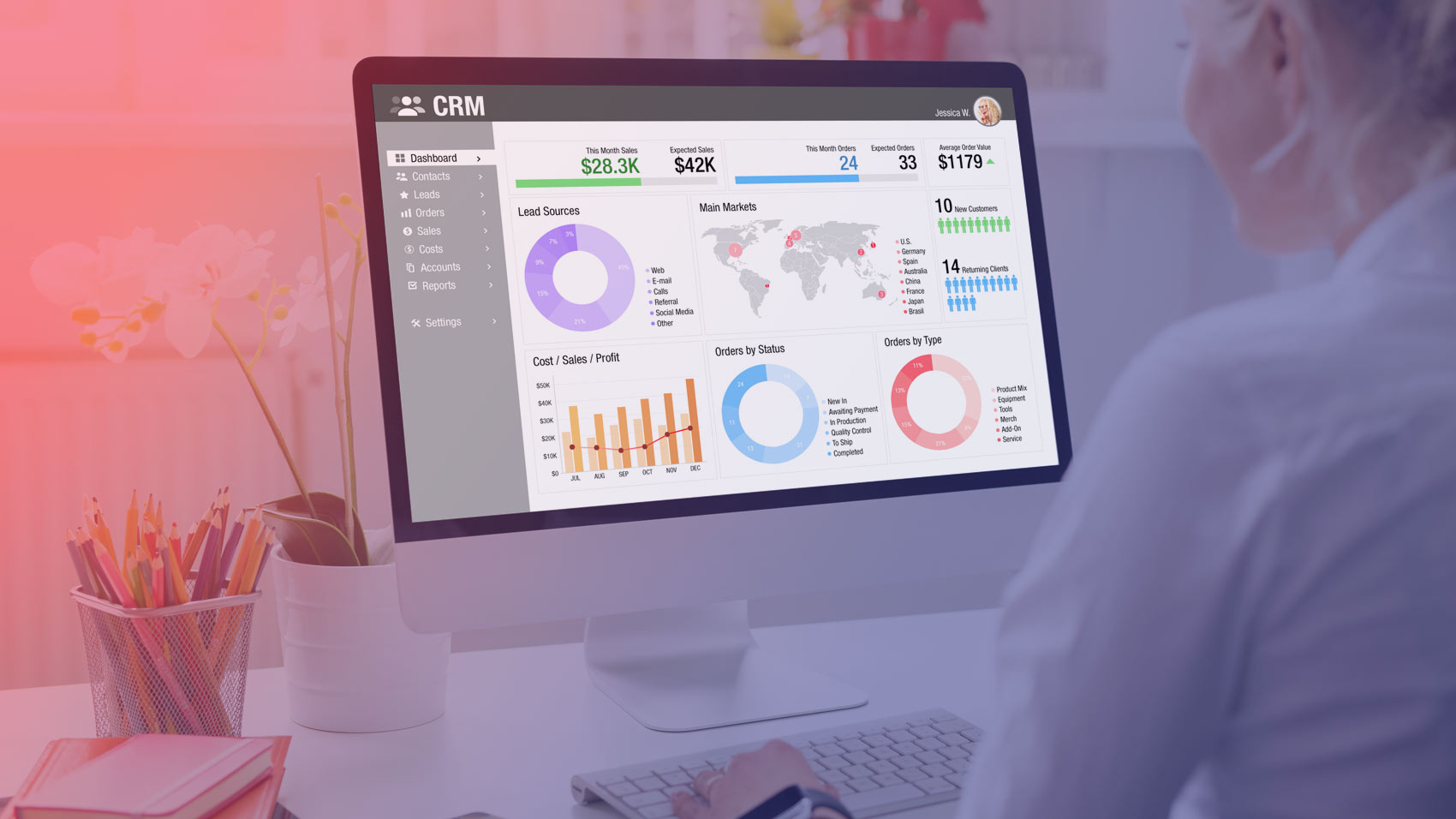Best Practices For Using CRM In Customer Service: Boosting Efficiency And Satisfaction
Best Practices for Using CRM in Customer Service: Boosting Efficiency and Satisfaction

In today's competitive business landscape, providing top-notch customer service is crucial for any company to stand out and succeed. One of the most effective tools to achieve this goal is Customer Relationship Management (CRM) software. A CRM system helps organizations manage customer interactions, track communication, and analyze data to deliver exceptional service experiences. By implementing Best Practices for Using CRM in Customer Service, businesses can streamline their operations, improve customer satisfaction, and ultimately drive growth. In this article, we will explore the essential guidelines for leveraging CRM in customer service to achieve outstanding results.
I. Define Clear Objectives and Processes
To maximize the benefits of CRM in customer service, it's essential to establish clear objectives and processes. Start by identifying your customer service goals, such as resolving issues quickly, reducing complaints, or increasing customer retention. Next, define the key performance indicators (KPIs) that will measure success. Create a detailed workflow for each customer interaction, from initial contact to resolution, and assign specific tasks and responsibilities to each team member. This clarity will help ensure that your CRM system is configured to support your objectives and workflows.
II. Configure CRM to Meet Your Needs
Not all CRM systems are created equal. To get the most out of your CRM, you need to configure it to meet your specific business needs. Start by setting up your database structure to accommodate your customer data, including contact information, account details, and interaction history. Customize your workflows to align with your business processes, and create automated triggers and reminders to streamline communication. Additionally, integrate your CRM with other essential tools, such as email marketing software, helpdesk applications, or social media platforms, to create a seamless customer experience.
III. Data Quality and Integrity
Accurate and up-to-date data is the lifeblood of any CRM system. To ensure data quality and integrity, implement the following best practices:
-
- Data validation: Set up data validation rules to prevent incorrect data entry, such as validating email addresses or phone numbers.
- Data standardization: Establish a standard format for data entry, such as using a specific date format or country code.

- Data cleansing: Regularly clean up duplicate or outdated data to maintain a healthy database.
- Data backup: Schedule automatic data backups to prevent data loss in case of system failure.
IV. Effective Use of CRM Features
CRM systems come with a wide range of features that can enhance customer service. Some key features to leverage include:

-
- Contact management: Store and manage customer contact information, including email addresses, phone numbers, and social media profiles.
- Ticketing and issue management: Use a ticketing system to track and manage customer complaints, issues, and requests.
- Knowledge base: Create a knowledge base to store and share information about your products, services, and common customer issues.
- Analytics and reporting: Use CRM analytics to track key performance indicators, such as customer satisfaction, response time, and resolution rate.

V. Empowering Agents with CRM
For CRM to be effective in customer service, agents must be empowered to use the system efficiently. Here are some best practices to enable your agents:
- Provide comprehensive training: Offer in-depth training on CRM features, workflows, and best practices.
- Make CRM accessible: Ensure that CRM is accessible on desktops, laptops, and mobile devices to accommodate different work styles.
- Use CRM to enable self-service: Provide customers with self-service options, such as a customer portal, to access their data and track issues.
- Continuously monitor and evaluate: Regularly review CRM usage and performance, and provide feedback to agents on how to improve.
VI. Measuring and Optimizing CRM Effectiveness
To continually improve CRM effectiveness, it's crucial to measure its impact on customer service. Here are some key metrics to track:
- Customer satisfaction (CSAT): Measure CSAT through surveys, Net Promoter Score (NPS), or other feedback mechanisms.
- First Contact Resolution (FCR): Track the percentage of issues resolved on the first contact.
- Mean Time to Resolve (MTTR): Monitor the time taken to resolve issues.
- Agent Productivity: Evaluate agent performance based on key performance indicators, such as ticket resolution rate or average handling time.
VII. Overcoming Common CRM Challenges
Despite its benefits, CRM can also present several challenges. Here are some common issues and how to address them:
- Data quality: Implement data validation, standardization, and cleansing to maintain data accuracy.
- User adoption: Provide comprehensive training and support to ensure agents understand CRM features and workflows.
- Integration: Integrate CRM with other essential tools to create a seamless customer experience.
- Scalability: Select a CRM system that can scale with your business growth.
Best Practices for Using CRM in Customer Service: Conclusion
In conclusion, implementing Best Practices for Using CRM in Customer Service is crucial for delivering exceptional customer experiences and driving business growth. By defining clear objectives and processes, configuring CRM to meet your needs, ensuring data quality and integrity, effectively using CRM features, empowering agents, measuring and optimizing CRM effectiveness, and overcoming common CRM challenges, you can unlock the full potential of CRM in customer service. By following these guidelines, you'll be able to streamline your operations, improve customer satisfaction, and stay ahead of the competition.
Comments
Post a Comment